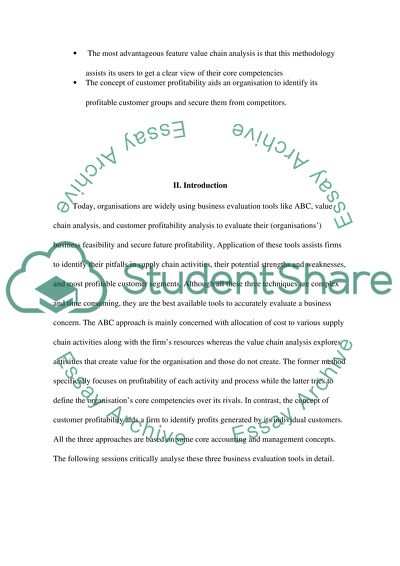Cite this document
(“Accounting for Management Decisions Research Paper”, n.d.)
Retrieved from https://studentshare.org/finance-accounting/1398763-accounting-for-management-decisions
Retrieved from https://studentshare.org/finance-accounting/1398763-accounting-for-management-decisions
(Accounting for Management Decisions Research Paper)
https://studentshare.org/finance-accounting/1398763-accounting-for-management-decisions.
https://studentshare.org/finance-accounting/1398763-accounting-for-management-decisions.
“Accounting for Management Decisions Research Paper”, n.d. https://studentshare.org/finance-accounting/1398763-accounting-for-management-decisions.


